Spring 2022 Seminar
Talks are from 12:00 noon - 1:00 pm on in the Olin Science Building Room 268, unless
otherwise noted.
April 28, 2022
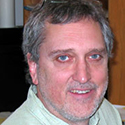
12:00 noon EST. April 28, 2022 at Olin 268
The EPR Paradox with Three-Particle Entangled Quantum States
and an Improved "Bell Experiment"
Abstract
Einstein was never convinced that quantum mechanics provides a complete
description of physical systems, and the Einstein-Podolsky-Rosen
(EPR) paradox highlighted some of the aspects of quantum predictions
that Einstein found troubling. Bell's Theorem showed that so-called
hidden variables that "complete" the description of physical systems
(in the sense of EPR) have observable consequences that conflict with
the predictions of quantum mechanics. These ideas are discussed in
Sections 8.5 and 8.6 of the PHYS 212 Supplementary Reading, using
two-particle entangled spin states. In the first part of this talk
I will introduce three-particle entangled states, along with a thought
experiment using them, that make the contrast between EPR-like realism and
quantum mechanics much more striking than the probabalistic conflicts of
Bell's Theorem. The contrast is very easy to derive --- the necessary
calculations are a simple application of the material in Chapter 5 of
the 212 Supplementary Reading. In the second part of the talk I will
introduce a relatively new interpretative framework, named QBism, for
dealing with the aspects of quantum mechanics that Einstein and others
have found troubling.
January 21, 2022

12:00 noon EST. January 21, 2022 at Olin Science Bldg. Room 268
How's the Weather in Space? Life around Stormy Stars
Abstract
Outside of our solar system, most nearby Earth-like planets live around small stars known as red dwarfs. My students and I use radio-wavelength telescopes to observe nearby young red dwarfs and characterize their "space weather," the conditions around the star that impact its planets. We observe stellar flares, flashes of light caused by energy release in the star's magnetic field, and the high-energy electrons that speed away from the site of the flare. I have also searched for stellar coronal mass ejections, which are eruptions of magnetized plasma - basically fireballs - that come off the star. In this search, I instead found a star that behaves like a lighthouse, producing bursts of radio waves once every time it rotates. Motivated by this, we are searching for more "lighthouse" stars, looking for cases where a close-in planet causes the lighthouse effect by plowing through the star's magnetic field.
January 25, 2022
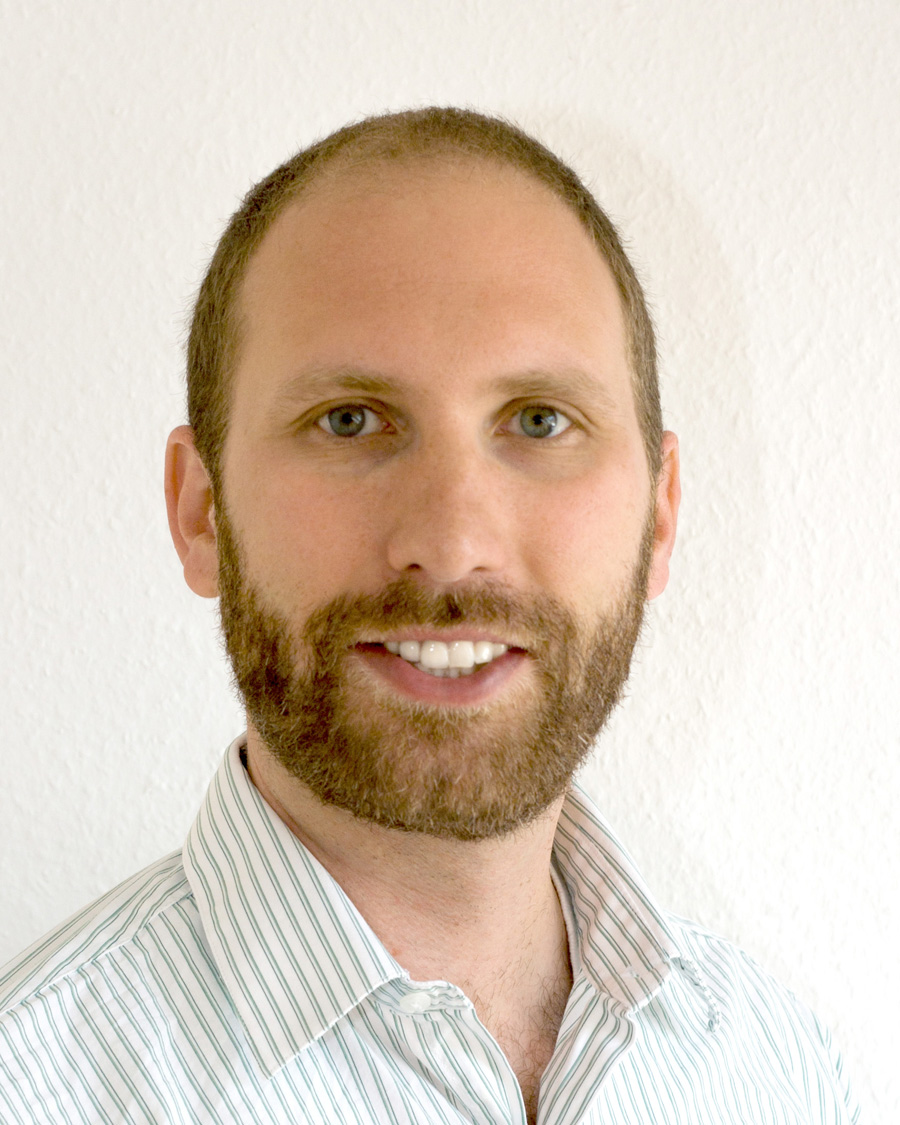
12:00 noon EST. January 25, 2022 at Zoom Link
Long-range Electrostatic Interactions Modulate the Affinity of Dynein for Microtubules and Other Stories About the Biophysics of the Cytoskeleton
Abstract
Dynein is a molecular motor protein that drives microtubule minus-end motility in cells. The processivity of dynein depends on the interaction between its microtubule-binding domain (MTBD) and the microtubule. Dynein's MTBD switches between high- and low-binding affinity states as it steps due to structural changes in the MTBD caused by an ATP hydrolysis state-determined registry shift in the coiled-coil stalk domain. Structural data strongly suggests that specific salt bridges between the MTBD and the microtubule and within the MTBD itself govern these affinity state shifts. However, our molecular dynamics simulations and electrostatic calculations additionally suggests that non-specific, long-range electrostatic interactions between the MTBD and the microtubule may play a significant role in the processivity of dynein. To investigate this hypothesis, we mutated negatively charged amino acids remote from the MTBD/microtubule interface to neutral ones and measured the binding affinity using microscale thermophoresis and optical tweezers-based force -dependent unbinding kinetics assays. We found significant differences in the binding affinity for microtubules between the mutated MTBDs as a function of the salt concentration in the assay buffer. Our results indicate a critical role for long-range electrostatic interactions in the regulation of dynein. We propose a Debye length-based model of how long-range electrostatic interactions differentially modulate MTBD-microtubule binding and force-dependent unbinding. Our results suggest that long-range electrostatic interactions between the MTBD and microtubules and external forces regulate the processivity of dynein motors. Furthermore, our results provide insight into the principals underlying the biophysics of electrostatic interactions between proteins.
January 27, 2022
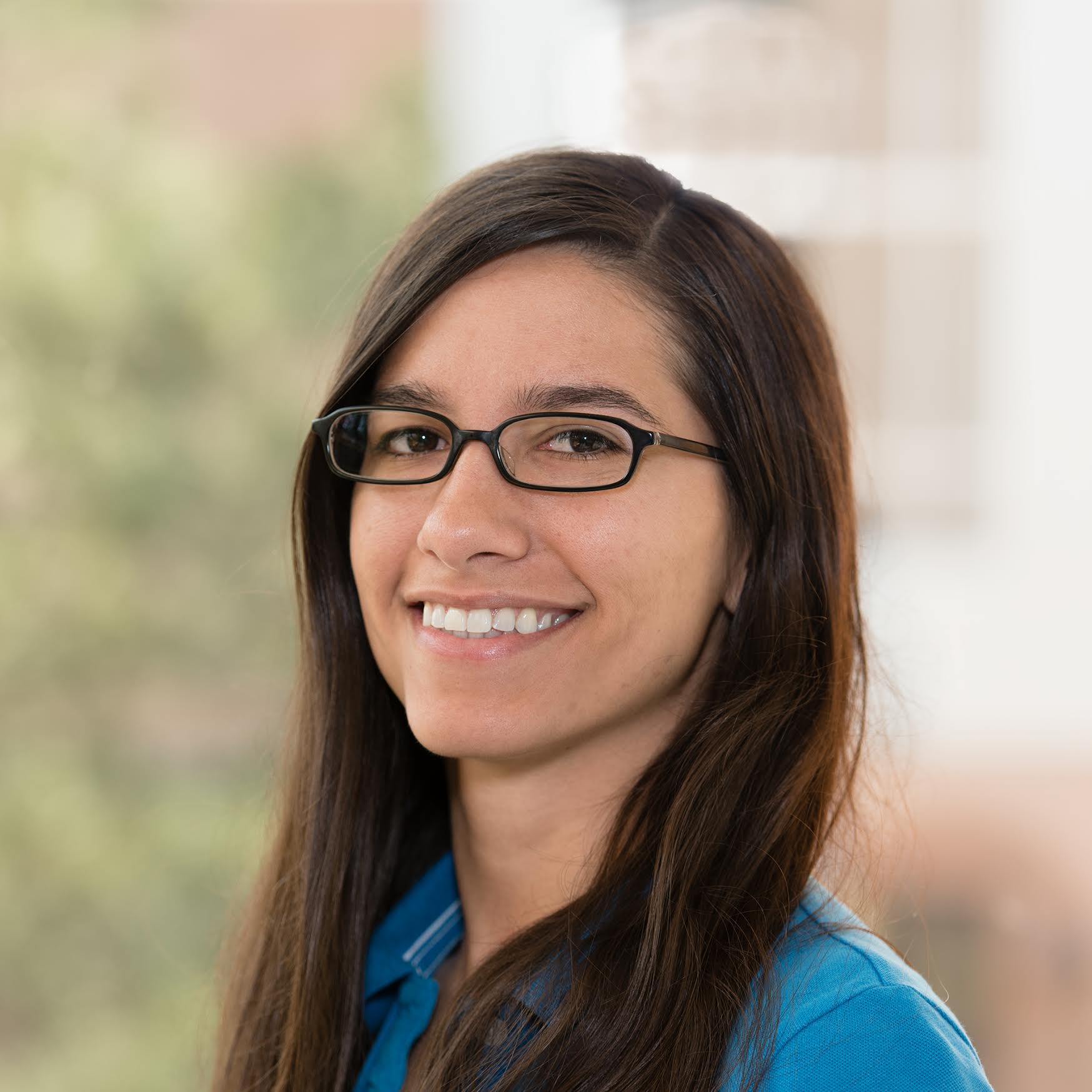
12:00 noon EST. January 27, 2022 at Zoom Link
Mapping Active Galactic Nuclei using Light Echoes
Triana Almeyda,South Carolina State University
Abstract
Supermassive black holes (SMBH) reside at the centers of all large galaxies. During growth phases, when the SMBH is accreting gas from its host galaxies, it is observed as a luminous active galactic nucleus (AGN). One of the major components of an AGN is the obscuring circumnuclear torus of dusty molecular gas, however, the details of its size, composition, and structure have not been well constrained. These properties can be studied by analyzing the temporal variations of the infrared (IR) dust emission from the torus in response to variations in the AGN continuum luminosity; the IR response is delayed relative to the optical variations due to light travel times, a "light echo". This technique is known as reverberation mapping. To help extract the structural information embedded in the IR response I have developed a dust reverberation mapping code, TORMAC. I am using TORMAC to quantify the relationship between the lag and the effective size of the dust emitting region at selected IR wavelengths. This is important when attempting to interpret reverberation mapping lags measured from data produced by large scale observational campaigns. One such campaign is the VISTA Extragalactic Infrared Legacy Survey (VEILS) which has just completed monitoring about 500 AGN in the optical and near-IR for 4 years. Modeling the VEILS light curves with TORMAC will enable the first systematic studies of the torus properties over wide ranges in AGN luminosity and redshift. VEILS and other upcoming time domain surveys will vastly expand the sample of AGN reverberation mapping data. I will discuss my future plans to add upgrades to this versatile modeling tool to maximize the science that can be extracted from these data sets
January 31, 2022
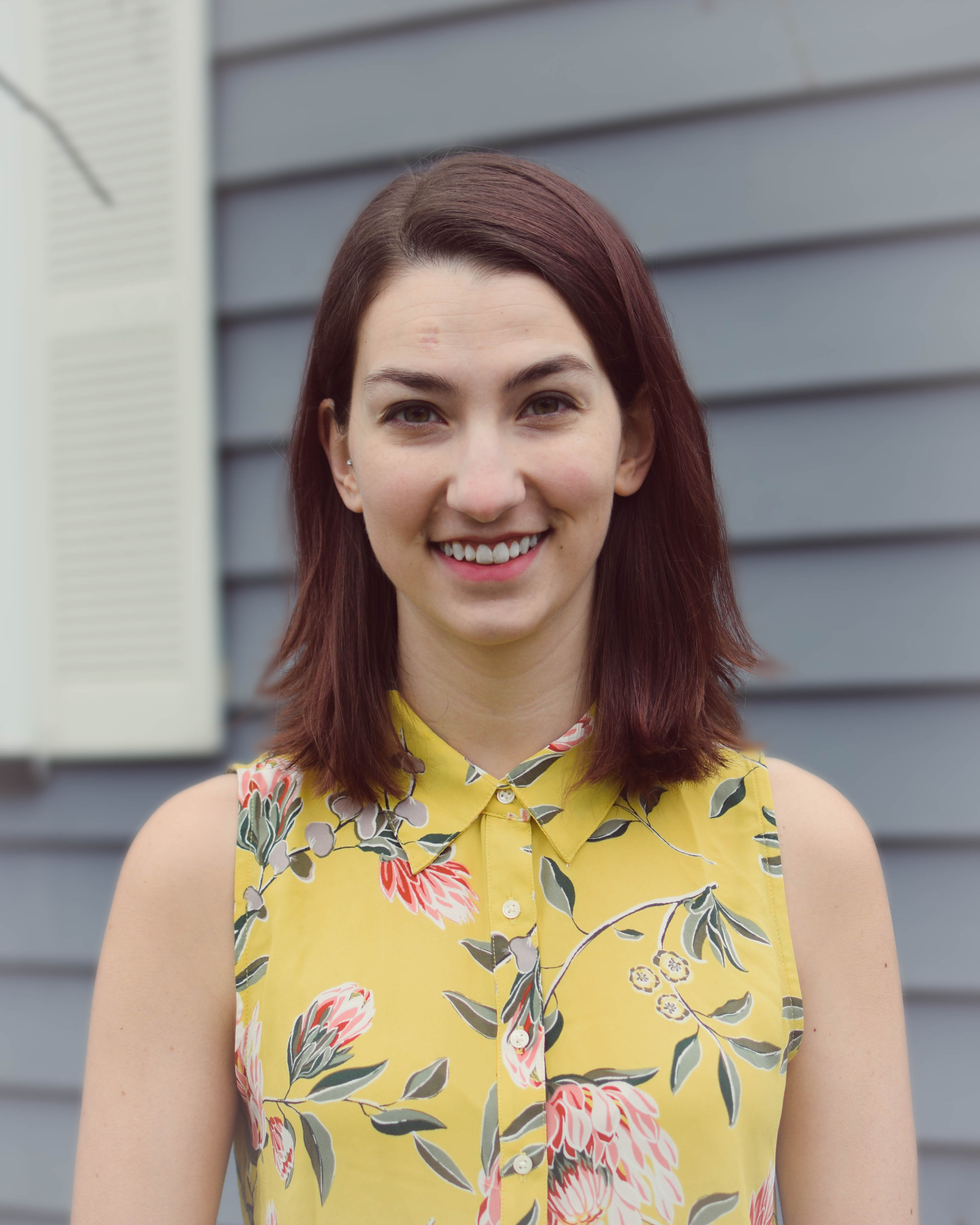
12:00 noon EST. January 31, 2022 at Olin Science Bldg. Room 268
The Co-Evolution of Cannibal Stars
Emily Wilson,Rochester Institute of Technology
AbstractThe stars we observe in the night sky, regardless of their age, size, and color, all have one thing in common: they radiate light and heat. Despite this, stellar radiation is often ignored in many computer simulations of stars. Stars which form and evolve in pairs (the set is known as a binary star) affect each other's evolution. When one star ages and its radius grows, it can swallow its stellar companion such that both stars are said to be orbiting in a "common envelope." The companion star, now inside the extended star, can deposit its energy into the shared envelope, causing the envelope to puff out and away from the pair. This leaves behind a companion star and a stellar remnant in an extremely close orbit. In my talk, I will describe how I use detailed models of stellar interiors to determine how the common envelope phase is affected by the envelope's internal turbulence (convection) and by the radiation of the expanded star. Convection and radiation occur in all stars and are fundamental to our understanding of binary star co-evolution.
February 01, 2022
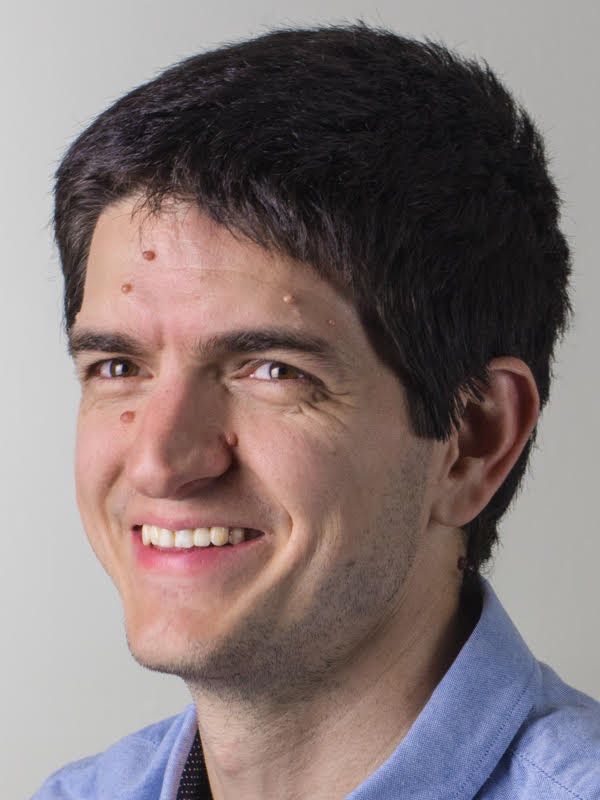
5:00 pm EST. February 01, 2022 at Zoom Link
Designer quantum matter using laser-cooled atomic gases
Abstract
The last few decades have seen great advances in our
ability to study and manipulate systems governed by quantum mechanics. As the experimental platforms for quantum science continue to grow more capable, their applications have the potential for far-reaching impact in many fields, both in and out of physics.
In this talk, I will describe some of the techniques we use in the lab for quantum simulation, one of the three core areas of quantum technology. Our platform uses neutral atoms isolated from their environment and cooled to just above absolute zero using lasers
and magnets. I will discuss how similar approaches can be used to build quantum computers and quantum sensors, and how my research uses them to create quantum simulations, or designer quantum matter. Specifically, I will discuss an experimental realization
of the quantum Heisenberg model, which describes magnetism on a microscopic scale. In this realization, the time evolution of the gas after a sudden kick showed two qualitatively different behaviors depending on system parameters. Mapping out these behaviors,
we defined a dynamical phase diagram, in good agreement with theoretical predictions. This knowledge of dynamical phases could be used in future measurements of quantum information scrambling, or even to improve the performance of atomic clocks. I will conclude
with a discussion of the large variety of potential student research projects extending this work and exploring other topics in quantum science.
February 03, 2022
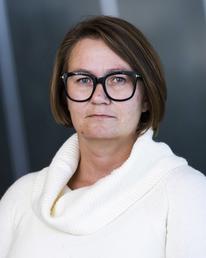
12:00 noon EST. February 03, 2022 at Zoom Link
Using Biophysics to Elucidate the Cause of Plastic Yellowing as It Ages
Abstract
Many polymers yellow as they age. Polymer aging with resultant chemical changes to the macromolecule is generally attributed to oxidation pathways, particularly for polyolefins. Because of the basic subunit nature of polymers, the chemical byproducts generally have little to no spectroscopic response in the visible region of the electromagnetic spectrum, yet we readily perceive old plastics as yellow. In fact, this discoloration is a hallmark to the integrity of a plastic but there is no physical explanation that can describe the origin of this yellowing. Here we show that irradiated blown polyethylene sheets preferentially scatter circularly polarized light. Because scattering of polarized light only occurs in the presence of chiral structures, our findings provide evidence of formation of chiral supramolecular structures responsible for preferential light scattering, the result of which is the appearance of a yellow/brown tint as the polymer ages. Further, we demonstrate incident polarization dependent detection of colored light scattering from irradiated polyethylene films. Finally, we show that the scattered light is distinctly different in color. Overall, these results provide evidence that the yellowing of polyethylene, previously assumed to be caused by polymer backbone rearrangements, is actually the product of chiral, optically active nanostructures that form on the plastic's surface due to UV irradiation. To the best of our knowledge, this is the first explanation for polymer discoloring that considers the development supramolecular structures of polymers during aging
March 8, 2022

12:00 noon EST. March 8, 2022 at Olin 268
Aerosol, Cloud, and Precipitation Microphysics Research at a Predominantly Undergraduate Institution
Abstract
Atmospheric scientists are concerned about physical objects and phenomena on spatial scales ranging from nanometers to megameters and timescales from fractions of a second to centuries. Because atmospheric processes are often nonlinearly coupled across scales, many of the physical phenomena of major scientific and social interest (e.g. How much light propagates through a cloud? How much erosion will be induced by a major storm? Is it feasible to geoengineer to change regional climate? How can air quality be improved? How are weather patterns changing due to human influence?) often can only be fully addressed by better understanding interactions between individual atmospheric particulates.
At the College of Charleston we have developed a laboratory that focuses on experimental, observational, computational, and theoretical studies of the objects and phenomena in the atmosphere that exist and interact on small (<1 meter and <5 minute) scales. The laboratory has studied a large variety of phenomena within the realm of aerosol, cloud, and precipitation microphysics and has also helped to train dozens of undergraduate students as they prepare for their future careers.
In this presentation some of the more impactful results from the last decade will be shown along with a survey of other recent and current projects the lab is working on.
April 7, 2022
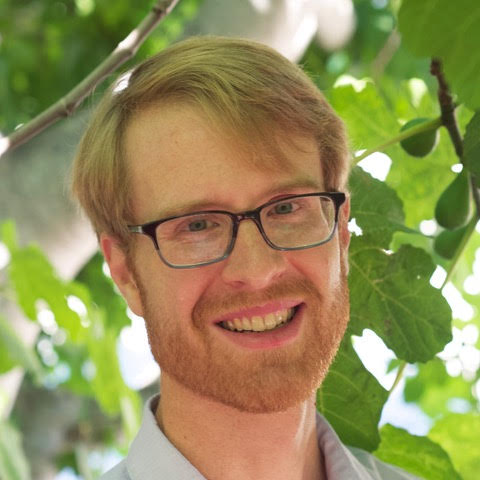
12:00 noon EST. April 7, 2022 at Olin 268
Cyclic Memories in Disordered Matter
Abstract
Cyclic driving happens all around us. Buildings and bridges are repeatedly loaded and unloaded, and many organisms synchronize their functions with day and night. This kind of driving can change a material, and even form memories that can be recalled later. I present two examples of materials that, when deformed repeatedly in experiments, can "learn" and report the magnitudes of those deformations: a dilute suspension of particles in liquid, and a solid made of jammed particles. These exemplify two different but generic ways that non-equilibrium systems can form memories, with suspensions sharing their behavior with charge-density wave conductors, and amorphous solids approximating the return-point behavior best known in magnetic materials. Exploring memory leads to surprising insights about how each material's disordered internal state can be prepared, probed, and programmed.








